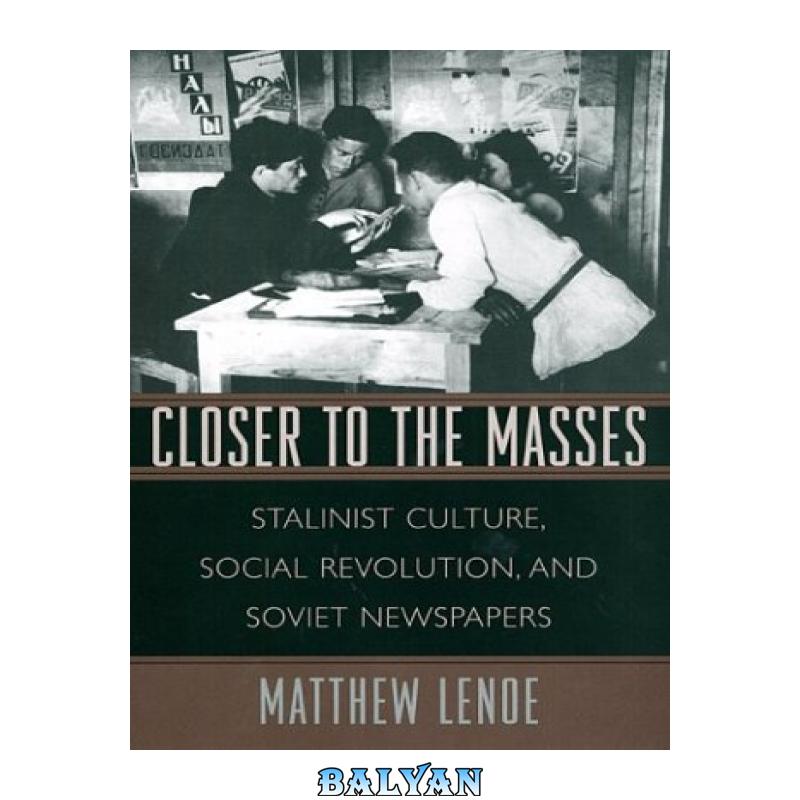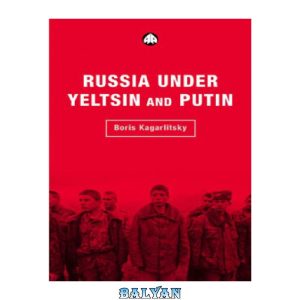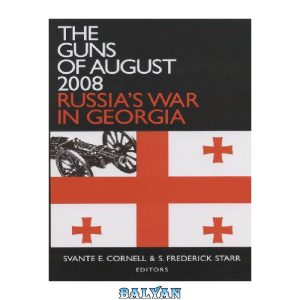ترجمه فارسی توضیحات (ترجمه ماشینی)
نزدیکتر به توده ها: فرهنگ استالینیستی، انقلاب اجتماعی و روزنامه های شوروی (مطالعات مرکز تحقیقات روسیه)
در این کتاب تحریکآمیز، متیو لنو منشا فرهنگ تودهای استالینیستی را در روزنامهنگاری روزنامه در اواخر دهه 1920 دنبال میکند. لنو در بررسی دگرگونی روزنامه های شوروی در طول سیاست اقتصادی جدید و برنامه پنج ساله اول، داستانی دراماتیک از پاکسازی ها، دسیسه های سیاسی و تحولات اجتماعی را بیان می کند.
تحت فشار رهبری حزب برای بسیج جامعه برای وظیفه عظیم صنعتی شدن، روزنامه نگاران یک روایت اصلی برای تاریخ شوروی شکل دادند و به ایجاد هویت بلشویکی برای میلیون ها کمونیست جدید کمک کردند. کار روزمره تبدیل به نبردی حماسی برای مدرن کردن اتحاد جماهیر شوروی شد، مبارزه ای نه تنها علیه امپریالیست های خارج، بلکه علیه شرک ها و خرابکاران در داخل. روزنامه نگاران شوروی با ارائه هویتی به عنوان قهرمانان جنگجو برای سوسیالیسم، فعالان حزب را بسیج کردند. با این حال، در چارچوب دستورالعملهای تبلیغاتی، روزنامهنگاران درجه یک به شیوههایی بداهه میپرداختند که در نهایت به فرهنگسازی کمک میکرد. تصاویر و استعاره های ساخته شده توسط روزنامه نگاران شوروی به هسته اصلی فرهنگ استالینیستی در اواسط دهه 1930 تبدیل شد و بر توسعه رئالیسم سوسیالیستی تأثیر گذاشت.
این کتاب که عمیقاً تحقیق شده و به طور شفاف نوشته شده است، کمک بزرگی به ادبیات فرهنگ و جامعه شوروی است.
(20040917)
In this provocative book, Matthew Lenoe traces the origins of Stalinist mass culture to newspaper journalism in the late 1920s. In examining the transformation of Soviet newspapers during the New Economic Policy and the First Five Year Plan, Lenoe tells a dramatic story of purges, political intrigues, and social upheaval.
Under pressure from the party leadership to mobilize society for the monumental task of industrialization, journalists shaped a master narrative for Soviet history and helped create a Bolshevik identity for millions of new communists. Everyday labor became an epic battle to modernize the USSR, a fight not only against imperialists from outside, but against shirkers and saboteurs within. Soviet newspapermen mobilized party activists by providing them with an identity as warrior heroes battling for socialism. Yet within the framework of propaganda directives, the rank-and-file journalists improvised in ways that ultimately contributed to the creation of a culture. The images and metaphors crafted by Soviet journalists became the core of Stalinist culture in the mid-1930s, and influenced the development of socialist realism.
Deeply researched and lucidly written, this book is a major contribution to the literature on Soviet culture and society.
(20040917)












نقد و بررسیها
هنوز بررسیای ثبت نشده است.